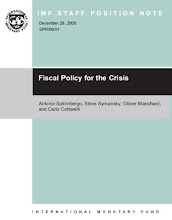
Foreign acquires only accounted for just $3.9bn of all such deals this year, which is only 30% of the total deal value. Again this is lower than last year’s share of foreign acquirers in total deal value, which stood at $15.7bn, five times the present value. Last year, Asian countries had dominated the list of biggest acquirers, four out of ten. This year the figure fell to three out of ten.
Mauritius did the biggest turnaround from being at bottom of top ten foreign acquirers to number one this year with $1.2bn acquisition followed by France, which accounted for a quarter of all outside deals. The United States came third with $379mn worth of acquisitions of Indian companies. Japan which was the biggest foreign acquirer last year slid five places to sixth position this year.
This year, Infrastructure sector was the common target sector for both Indian and foreign acquirers, telecommunication and Electric, Gas & Water sector were in top five target sector for both domestic and foreign acquirers. Pharma sector, which was the biggest target sector for both foreign and domestic acquirers, retained its position but only for foreign acquirers, who invested $1bn this year. Indian acquirers made most of the acquisitions in Oil & Gas sector.
Retail food chain was the pick of foreign acquirers it hardly featured on the acquisition radar of domestic acquirers, but foreign acquirers made investment of $100mn. Similarly, domestic acquirers made acquisition worth $677mn in Business Services sector which was almost disregarded by foreign acquirers.




